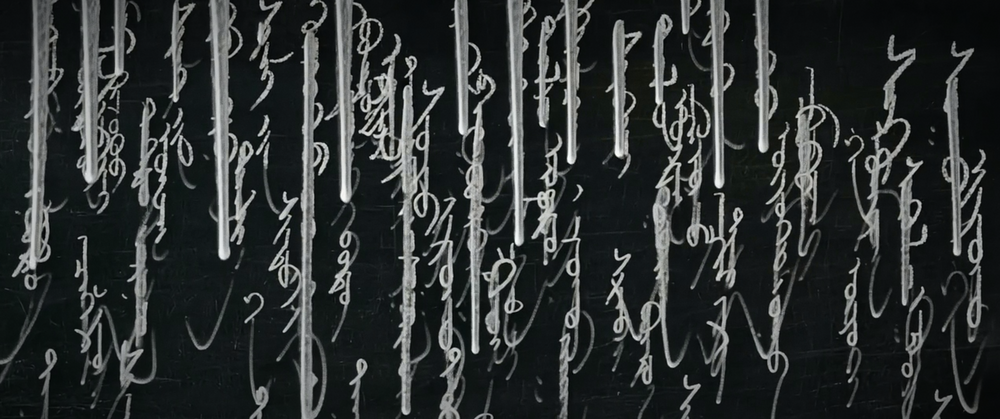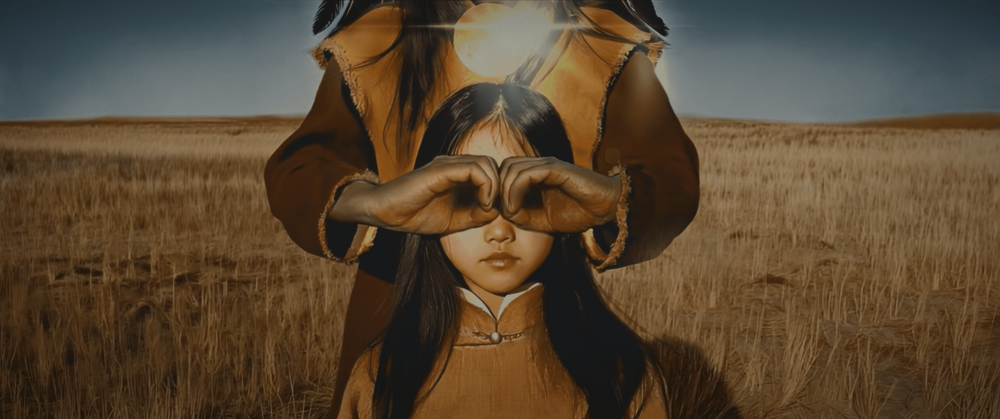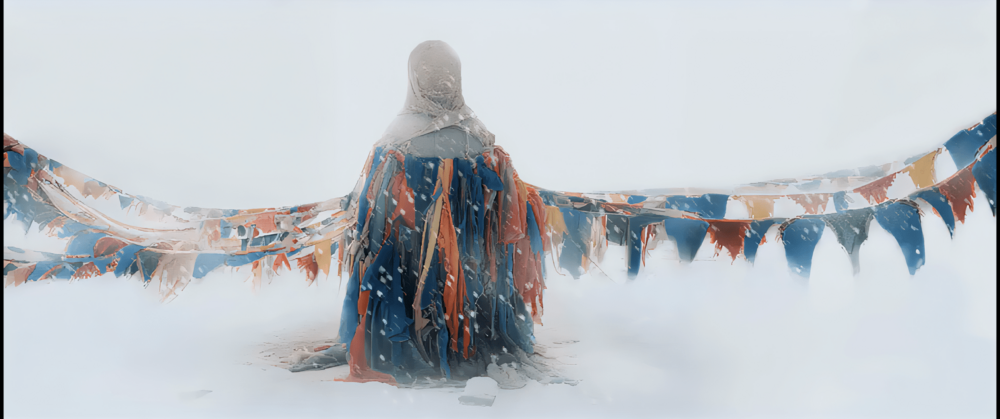Kherlen Khereid
I use film to explore identity and cultural memory in an era of alienation. My work reflects how fragile memories persist in a shifting cultural space—not as fixed structures, but as fragments that continuously change and disintegrate.
"A Foal in the Autumn" explores the revival of Mongolian shamanism as an anchor for identity. Through the protagonist’s journey, the film creates tension between forgetting and preservation. 99.5% of the visuals were generated using AI—not as a technical experiment, but as a reconstruction of memory. The distortions and blurriness in AI-generated imagery are not accidental but integral to the narrative: they embody how culture is fragmented, misinterpreted, and reimagined in the digital age.
The nonlinear narrative relies on symbolic imagery. The cradle represents both protection and constraint. The small mirror, placed in Mongolian cradles for girls, symbolizes clarity but also an awareness of disappearance. The yurt’s skylight, understood in shamanic tradition as a passage between worlds, opens a view into the unseen.
The inner monologue reflects the tension between resistance and resignation. Mongolian shamanism here is not only a spiritual practice but also a medium that connects past and present. The film does not ask what can be preserved but rather what remains when language, symbols, and rituals fade away.



